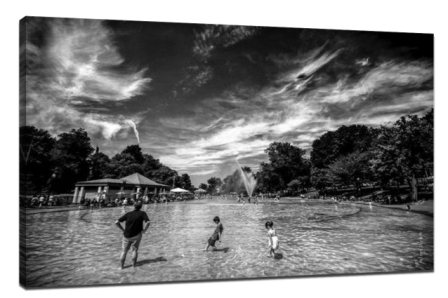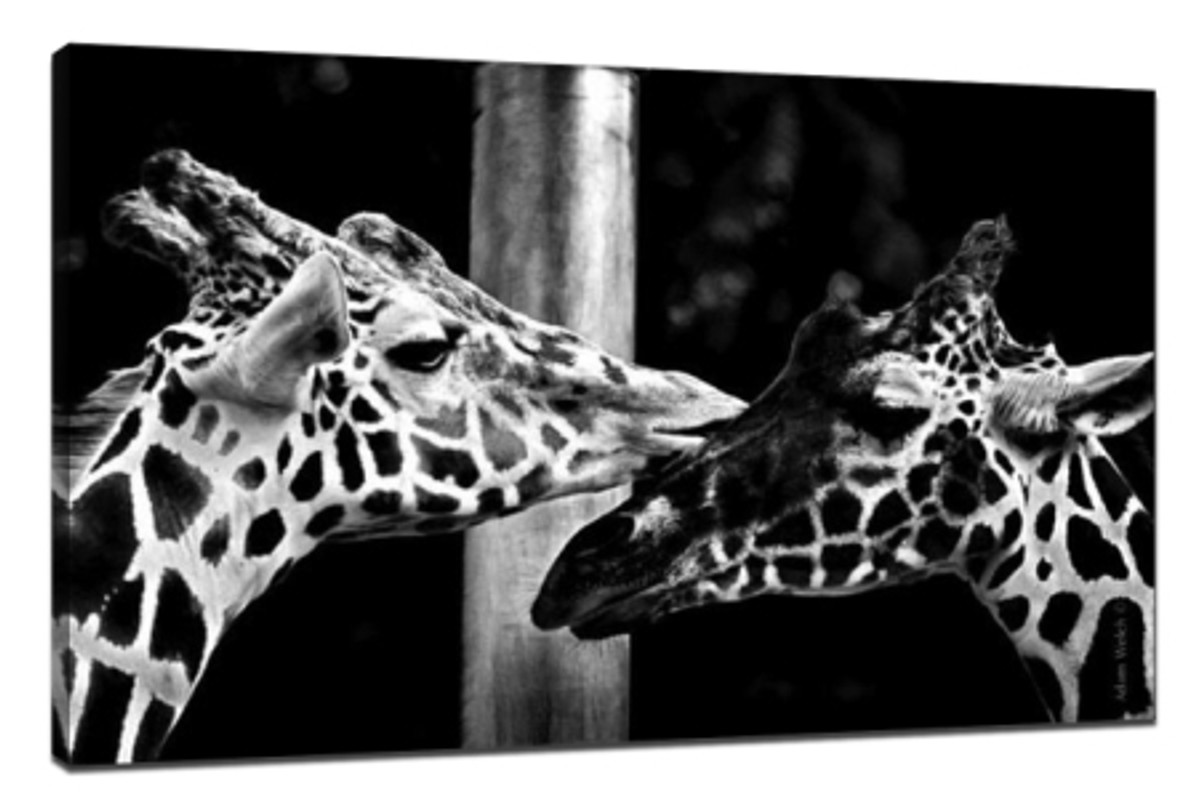When black and white photographs should be taken
When black and white photographs should be taken
Since its birth, photography has been presented in black and white images. Black and white photography is meaningful and introverted, which enables the viewer to discard the details that are useless to the picture and to get to the bottom of things. Color photography, by virtue of its strong and vivid color advantages, restores the original appearance of reality and seems closer to the essence of photography.
So are black and white or color photography more expressive? There have been many different opinions on this issue, and fortunately, digital photography can now easily change the color state to make the photos more consistent with our intentions.
There is no absolute formula for choosing color or black and white, and these four tips may make your decision easier.
1.Is color necessary in this picture?
Ask yourself this question: "is the color or something the biggest thing about this photo?" It's not that color photographs aren't good for turning black and white, but there are some things that are based on color, like rainbows. Keeping things as they are can often be a better option for a colorful image.
However, if the content, composition, and tone of the image are enough to convey what you mean, the color affects how the subject appears. At this point, the black and white mode is a good choice. It can weaken the variegation, make the theme stand out and avoid distracting the audience with colors.
2.Is there an interesting light/shadow contrast?
I put a small lamp at the back of the leaf to make the stems of the leaf look clear and clear from the front, coupled with the late-stage black and white treatment, which highlights the contrast of light and shade and the hierarchy of black and white. The images are processed into black and white, and the contrast between colors is weakened, so that the brightness and dark can be shown more simply. Therefore, the black and white image can be more simple and pure to show light and shadow. Therefore, when you want to focus on the expression of light and shadow, and the change of light and shadow is the main element of the picture, such photos are suitable for the expression in black and white, which can make people feel the layer of black and white and grey more intuitively.
3.Are there unique textures and contours?
When we think about texture, we can describe the feeling it gives us through language. However, the texture in photography must be perceived with our eyes, transforming the sense of touch into a tangible image.
In color photographs, patterns and textures are often overlooked because color is easy to grab the focus, and one of the features of a good black and white photo is to express a unique pattern and texture. After removing color interference, contour and texture tend to be more prominent.

In black and white, these textures can be enhanced by subtle gradations that are invisible to the naked eye, making each texture visible.
4.What emotions do your photos convey?
Have you ever experienced the feeling of being hit in the instant you seen a photo? This is often called the emotion of a photograph. Black and white images have a unique artistic atmosphere. For example, the dark tones of deep shadows can describe sad or empty emotions, while the bright and smooth texture conveys the feeling of openness and freedom, and the use of black and white tones can make the characters look more Stoic and calm when photographing portraits. You can also try to make your landscape black and white to see how the mood of the photo will change.
If you are determined to learn more about black and white photography, you may encounter terms similar to black and white images, such as monochrome and grayscale images. These terms are often used interchangeably, but they're not actually the same. Let's look at the differences.
(1) Monochrome image
Monochrome images are often mistaken for black and white images, but they are different. Monochrome just means different tones, and any color can be used as a monochrome, such as a dark image, which is also a monochrome photo.
(2) Grayscale image
Grayscale images are often mistaken for black and white images. The grayscale image differs from the black and white image in that it USES only different shades of grey and no other colors. Without special editing and adjustments, the whole photo will appear a gentle, medium gray color. The above image, for example, looks very monotonous in grayscale image mode, without any hierarchy.
(3) Real black and white images
This is the grayscale image above after further processing, looks closer to the real black and white photo. The contrast of the colors becomes more pronounced and the photos look more pleasing to the eye. Black and white images are indeed monochrome, but not all monochrome images can be called black and white images. Pure black and white photographs generally use only black and white to represent image content, although most people now mix in some shades of grey.
Black and white photographs depict the world through the simplest black and white grey. The simpler the tool, the more likely it is to reach the heart of the field. If you want a picture to end up in black and white, it's best to start by looking at the world in black and white. After all, revision is only a way to remedy the situation, because you don't think and understand through the sense of light and shade. Even if you make him black and white later, the photo will somehow lose the shock of black and white light that reaches into the soul.
Recent Posts
-
How to Personalize Your Canvas Prints
Canvas prints are a popular way to bring art, photos, and memories to life in your home. Whether you …26th Nov 2024 -
How Mug Prints Can Elevate Your Cafe’s Branding
In the competitive café industry, creating a memorable and cohesive brand is essential for attractin …21st Nov 2024 -
Incorporating Canvas Prints into Your Holiday Décor: Transform Your Space with Festive Art
Create a Magical Holiday Vibe with Canvas PrintsThe holiday season is the perfect time to transform …20th Nov 2024
